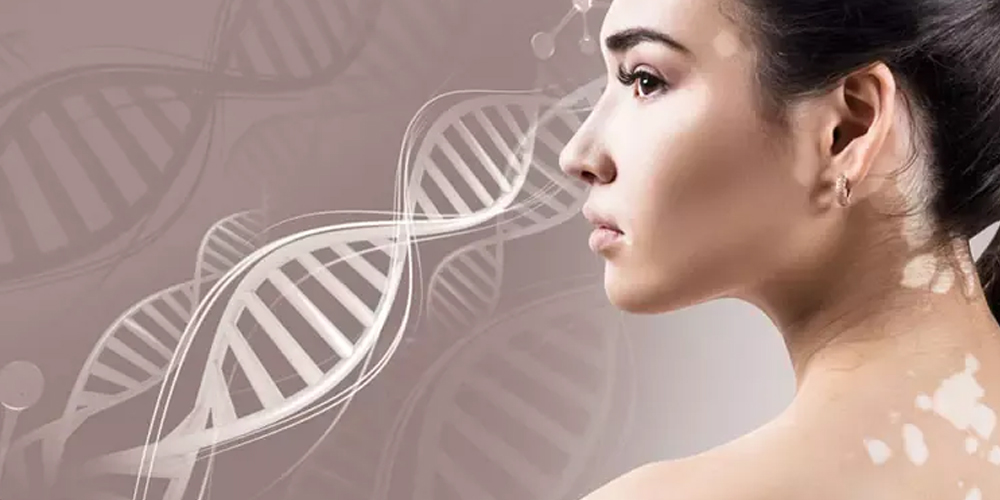
Vitiligo Treatment
Vitiligo is a condition wherein the affected person starts losing the color of the skin, resulting in white patches. It can affect people of any age, sex, class, race, and ethnicity. Though vitiligo is a lifelong skin condition, it can be managed with proper care and treatment.
Understanding the problem
Vitiligo is a skin disorder where certain areas of the skin start losing their normal pigment. The total area of the skin that can be affected by this disease may vary from one person to another. This condition can even affect the inner side of the mouth, eyes and in some cases, hair also.
Vitiligo is a photosensitive skin disorder which means that the affected areas shall be more sensitive to the rays of the sun than the unaffected areas. It is very difficult to determine whether the patches will start spreading or not, and to what extent. It may take weeks to spread, or the patches may remain stable for months or even years together. The lighter patches become more visible in people with dark and sun tanned skin.
Causes
The destruction of pigment-forming cells known as melanocytes causes vitiligo. The exact cause of vitiligo remains unknown, few are Genetic and Auto Immune. Hereditary reasons and some environmental factors such as sunburn and exposure to certain chemicals also contribute to vitiligo.
Asociated Conditions:
- Alopecia Areata
It is an auto-immune disease that leads to hair loss in patches. It can also lead to vitiligo. - Hashimoto’s Thyroid
It is also an auto-immune disease that leads to discoloration of the skin. This also makes the skin more sensitive. - Diabetes
Vitiligo, a skin problem more commonly associated with type 1 diabetes than type 2 diabetes, affects skin coloration. With vitiligo, the special cells that make pigment (the substance that controls skin color) are destroyed, resulting in patches of discolored skin.
Symptoms
This depigmentation or white patches are more common in areas of the skin which are exposed to the sun. The patches may be on the hands, feet, arms, face, lips and anywhere on body.
- Patchy loss of skin color (skin becomes light or white).
- Change in color or loss of color in the retina of the eyeball.
- Loss of color inside the mucous membrane.
- Greying or whitening of the hair present on the scalp, beard, eyebrows.